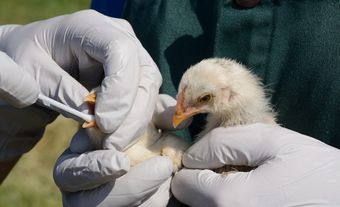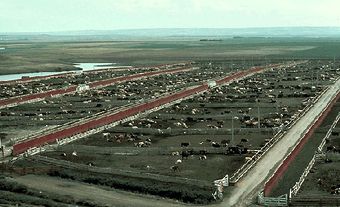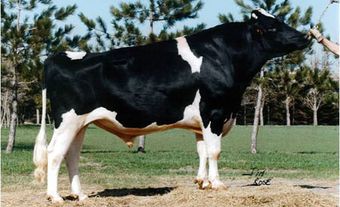Humane Societies
Humane societies are societies for the prevention of cruelty to animals (SPCA). Following a long struggle by Richard Martin, British landowner and parliamentarian, and others to secure legislation against cruelty to children and livestock, the first SPCA was begun in England in 1824. Although Martin was a founding member, the organization was formed by the Reverend Arthur Broome, an Anglican clergyman, and Lewis Gompertz, a Jewish author. At Queen Victoria's command, the society became known as the Royal Society for the Prevention of Cruelty to Animals in 1840. The RSPCA was the forerunner of the Children's Aid Society.
The humane or animal-welfare movement was introduced to North America by Henry Bergh. Following a visit to the RSPCA, he organized the American SPCA in New York in 1866. In the same year the first law for the protection of animals was passed. The first humane society in Canada was the Canadian SPCA in Montréal (established 1869). Societies were soon established in Québec (1870), Ottawa (1871) and Toronto (1873). Humane societies now exist in major Canadian cities and in some 85 municipalities throughout the provinces. All are nonprofit, charitable organizations; most operate shelters which take in lost and abandoned animals (mostly CATS and DOGS). They are often also responsible for municipal animal-control activities. Many operate under provincial SPCA or Animal Protection Acts, with authority to investigate complaints of cruelty to animals and to lay charges where necessary. Society inspectors may use the Cruelty to Animals Section of the Criminal Code of Canada. They may not carry firearms but may, with court permission, remove suffering animals from the possession of their owners.
As the number of SPCAs involved in animal-welfare work at the provincial and municipal levels increased, so did the need to respond collectively to problems of national scope, eg, transportation and slaughter of food animals. Thus, in the mid- to late 1950s Dr A.E. Cameron, a retired veterinary general of Canada, Lieutenant-Colonel Richard Taylor, president of the Ottawa Humane Society, Senator F.A. McGrand and K. Switzer, managing director of the Ottawa Humane Society, organized meetings to discuss formation of a national SPCA. The Canadian Federation of Humane Societies received its federal charter in 1957 and has its headquarters in Ottawa. It is an umbrella group for 42 autonomous member societies across Canada; most are SPCAs but other organizations concerned with specific animal-welfare issues are included. CFHS does not engage in the daily activities of shelter operations, but addresses issues that have broader implications. CFHS interacts with 10 federal government departments having jurisdiction, in some way, over national, international and interprovincial aspects of man's use of animals.

 Share on Facebook
Share on Facebook Share on X
Share on X Share by Email
Share by Email Share on Google Classroom
Share on Google Classroom


